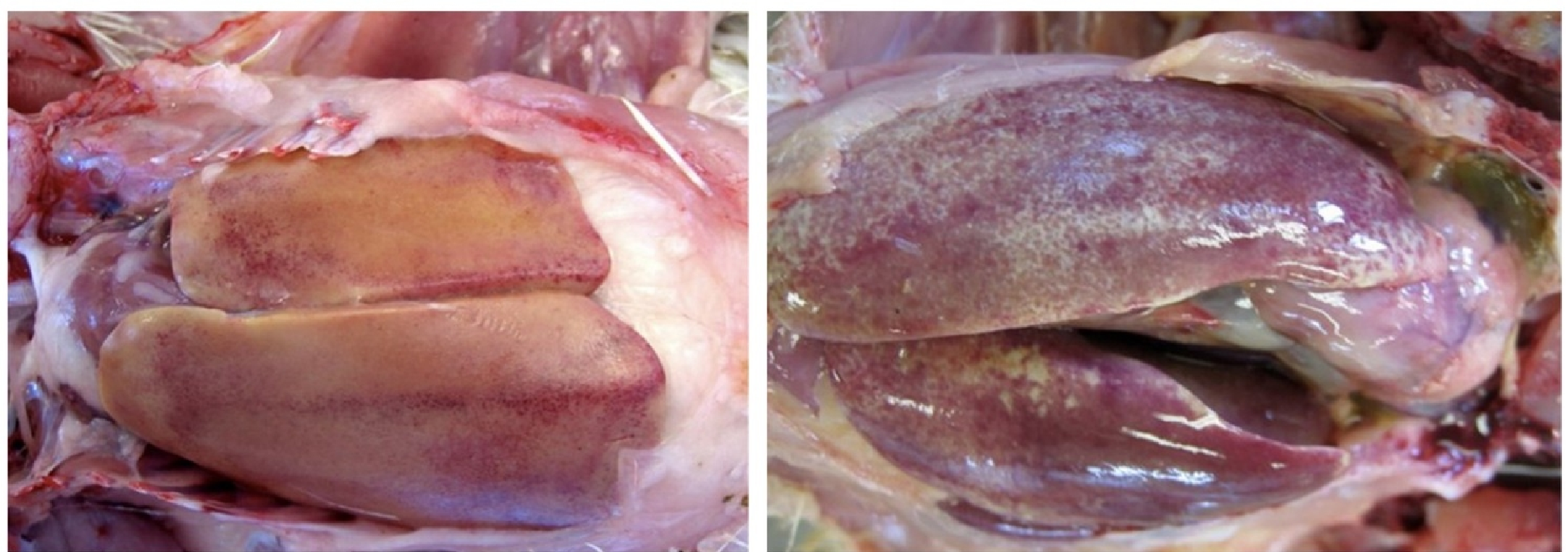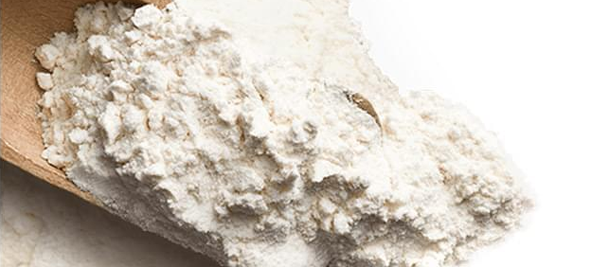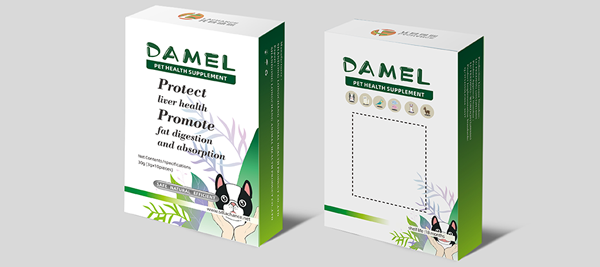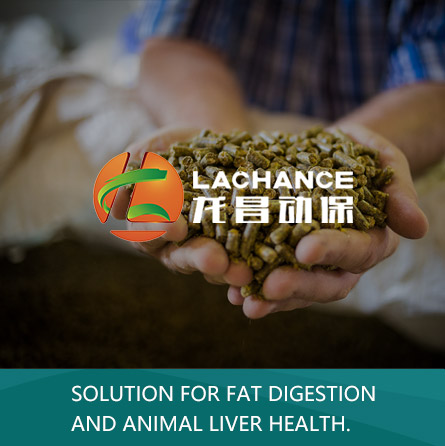Differential Diagnosis of Liver Disease in Poultry
In actual production,poultry are very vulnerable to live damage.After infection with diseases such as inclusion body hepatitis,Escherichia coli,vibrio hepatitis cecum hepatitis,leukemia and Malik,the liver can have obvious pathological changes, which brings great confusion to veterinary personnel in diagnosing the disease,and often delays the disease or brings serious losses if the diagnosis is not made in time.Therefore, it is necessary to conduct a detailed analysis of the pathological symptoms of these diseases to help identify and diagnose the diseases.
1.Inclusion body hepatitis (IBH)
Young chickens infected with IBH can die suddenly and with a high mortality rate.In IBH,the liver is often swollen and enlarged and has yellowish discoloration and multiple pale and or red(hemorrhagic)foci.Histopathologic lesions in the liver include acute hepatocytic degeneration,necrosis,mononuclear cell infiltration and rare to widespread basophilic intranuclear inclusion bodies.Lesions in the heart include myocardial edema and necrosis.

2.Mycotoxicosis
When chickens eat feed with excessive mycotoxin,it is easy to have mycotoxicosis in the body.Due to the strong biological toxicity of mycotoxin,it can directly damage the liver and cause multi-focal hepatocyte necrosis and proliferation in the liver.In the early stages of mycotoxicosis,the liver appears dark red,as the disease progresses the liver becomes yellow and feels like rubber.The gallbladder mucosa is inflamed,the gallbladder is swollen and brittle,the main difference between mycotoxicosis and other diseases is that the hatching rate of sick chickens is decreased.

3.Marek's disease
Marek's disease can be transmitted not only vertically but also horizontally through the respiratory tract,and contaminated feed,water and tools can also carry the virus. After dissecting the chicken infected with Marek's disease,it can be seen that the liver,heart,lungs and other surfaces have gray nodules like tumors.
4.Fatty liver syndrome
When the chickens ingest too much nutrients during the feeding process,it is easy to deposit a large amount of fat in the liver and form fatty liver syndrome.After dissection,a large amount of fat can be seen on the abdominal cavity and mesentery of the chicken,the liver is enlarged and gray,brittle and easily broken, and fat can be seen clearly attached when cut with a knife.The surface of the liver is bleeding,and there are streaks or patches of blood below the capsule.The heat tends to yellowish-white,the kidney is yellow,and there are bleeding spots in the intestines.Generally,according to the large weight of the chicken and the lesions after dissection,the preliminary judgment can be made,and then combined with the blood test indicators can be confirmed that the chicken is infected with fatty liver syndrome.

5.Histomoniasis
Chickens in the growing period are more susceptible to histomoniasis and can cause high mortality.The pathological changes of the liver after infection with histomoniasis are typical,with enlarged liver and round,irregular and sunken ulcers on the liver surface.UIcers have raised edges,varying sizes,and yellow-green in the middle.In severe cases,ulcers will join together to form a large ulcer area.

The liver is a vital organ that is involved in a wide range of functions including the metabolism of fat,carbohydrate,protein,vitamins and minerals,removal of waste products,and detoxification.The liver is also an main storage site of fat-soluble vitamins(A,D,E,K)as well as vitamin B12,glycogen,some minerals (Fe and Cu)and is also involved in the activation of vitamin D.It is essential that the liver is kept in excellent condition in order to build immune system of poultry.Bile acid has been shown to be an additive that can protect the liver health of poultry.
Why bile acids is seen as liver"protector"?
1.Bile acids can activate FXR-a in liver cells,inhibit the expression of SREBP-1c, and then inhibit the synthesis of lipids in the liver,promote the synthesis of very low density lipoproteins,accelerate the transport of fats outside the liver tissue,and
reduce the deposition of fats in the liver.
2.Bile acids can stimulate the liver to synthesize new bile acids through the liver and intestine circulation and also can promote the secretion of a large amount of thin bile from the liver cells,smooth the biliary tract and eliminate the biliary stasis.
3.As an excretory fluid,bile acids can effectively decompose and remove toxins accumulated in the liver,so many drugs,heavy metals,mold toxins and other harmful substances are also discharged with the bile to maintain animal health, reduce liver burden,and restore and strengthen liver functions.
4.Bile acids can promote the secretion of substances for anti-inflammatory to relieve the inflammatory and protect the liver health.










